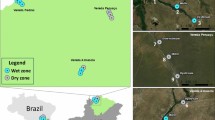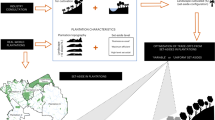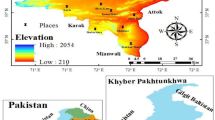Abstract
IN the admirable address of Prof. Asa Gray at Montreal, he alludes to the singular absence of trees and herbaceous plants throughout the Pampas or vast level plains of the South American continent, and he indorses the opinion of Mr. Darwin and Mr. Ball that this absence is due to the fact that the only country from which they could have been derived could not supply species adapted to the soil and climate. As this is a subject to which I paid considerable attention during a long residence in South America, I venture to call attention to the explanation of this phenomenon, which my observations gave rise to as described in my “Visit to South America,” 1878.
This is a preview of subscription content, access via your institution
Access options
Subscribe to this journal
Receive 51 print issues and online access
$199.00 per year
only $3.90 per issue
Buy this article
- Purchase on SpringerLink
- Instant access to full article PDF
Prices may be subject to local taxes which are calculated during checkout
Similar content being viewed by others
Author information
Authors and Affiliations
Rights and permissions
About this article
Cite this article
CLARK, E. Barrenness of the Pampas. Nature 31, 263–264 (1885). https://doi.org/10.1038/031263b0
Issue date:
DOI: https://doi.org/10.1038/031263b0



